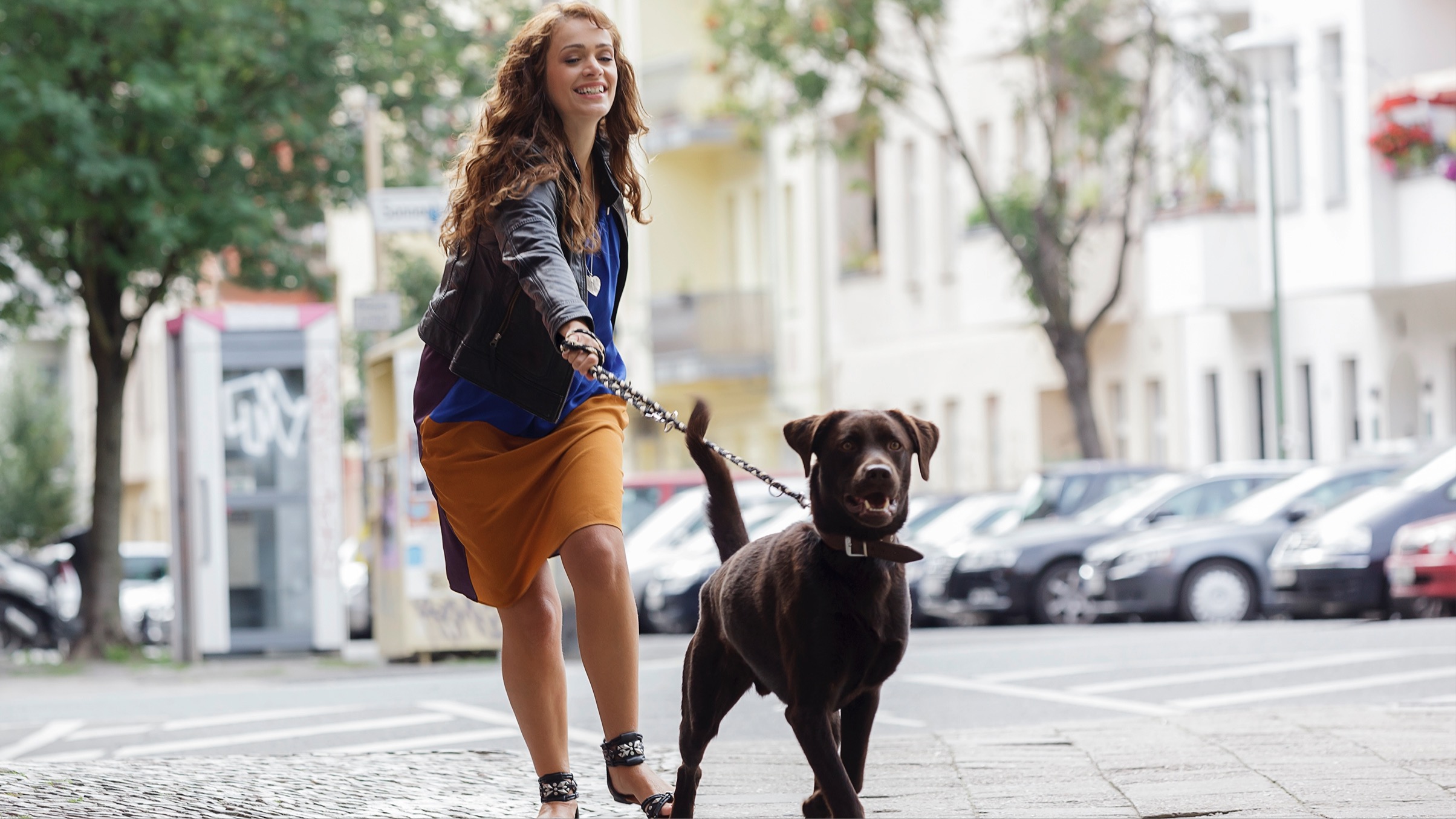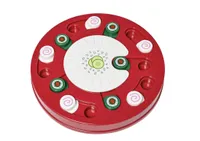These three simple mistakes can make your dog’s reactivity worse, says one canine behaviorist (who made them all)
Learning from this expert's mistakes can help you when training your reactive dog

There's no doubt about it, one of the most challenging issues you can encounter as an owner is reactivity in dogs. It can leave you feeling incredibly isolated and alone, but please know that with time, patience and consistency, change is possible.
While many pet parents turn to the best dog treats to try to distract their dog, reactivity is a complex issue and while rewards can certainly help when it comes to training, it's important to first get to the root cause.
What causes reactivity in dogs isn't an exact science, but most trainers agree that anxiety, improper socialization and a lack of education surrounding dog walking etiquette are top of the list.
And you'll be relieved to learn that even the experts struggle with these things. Renee Rhoades, a highly trained behaviorist with a masters in animal welfare science, has shared three errors she made with her reactive dog in a recent Instagram post — and she hopes they'll help you on your own journey.
A post shared by R+Dogs ⭐ Top Virtual Canine Behaviorist (@r.plus.dogs)
A photo posted by on
1. Not avoiding triggers sooner: "Where I live it is near impossible to avoid off leash dogs or guardians who are not actively involved in what their dogs are doing, so I decided that our previous walking areas were iffy and walks in my neighborhood were an immediate no. Instead I focused on activities that we could do without the threat of other dogs. Most often this was at home," explains Rhoades.
2. Not teaching my dog how to rest: "As a guardian of a high drive, working dog I got sucked into the idea that if I didn't physically drain my GSD's energy I would regret it," says Rhoades. And yet what she discovered was that the opposite was true — rest was crucial when it came to learning how to calm a reactive dog.
"The more I did to move his body the less he rested. Instead I focused on raising his physical activity during peak, natural times and then lowering his arousal with calming activities to help him learn how to self-regulate."
Get the best advice, tips and top tech for your beloved Pets
3. Staying resentful: "It wasn't that I was angry with my dog, I was annoyed with the situation," Rhoades explains. "I was angry with others who didn't see the signs that their dogs were uncomfortable with my dog. That they got to continue leaving their dogs off leash. That their dog's insecurities resulted in my dog's reactivity.
Being resentful is natural, but I knew I had to let the feelings go because they were not doing anyone any good. So, instead, I chose to focus on the now. How I could help my dog now. What I could do to make our lives the best now."
As you likely already know from being the owner of a reactive dog, dealing with issues like barking and lunging aren't easy. But by avoiding common mistakes that can derail your dog's progress and working with a qualified trainer or behaviorist, your dog can take positive steps towards a calmer and more relaxed life.
If you're keen to learn more from those who have been where you are, we highly recommend checking out the following pieces: 'Owning a reactive dog is hard. Here's how I navigated the social challenges with my pooch' and 'These are the five most useful things I’ve learned as the owner of a reactive dog'.
Frisco Bento Interactive Puzzle Dog Toy
$18.65 at Chewy
Offering a moderate level of difficulty, this problem-solving game features sliding pieces and nooks where you can hide small treats or kibble. Suitable for all breeds, it's a great way to provide your pup with some mental stimulation.

Kathryn is a freelance writer who has been a member of the PetsRadar family since it launched in 2020. Highly experienced in her field, she's driven by a desire to provide pet parents with accurate, timely, and informative content that enables them to provide their fur friends with everything they need to thrive.
Kathryn works closely with vets and trainers to ensure all articles offer the most up-to-date information across a range of pet-related fields, from insights into health and behavior issues to tips on products and training.
When she’s not busy crafting the perfect sentence for her features, buying guides and news pieces, she can be found hanging out with her family (which includes one super sassy cat and a kitten), drinking copious amounts of Jasmine tea and reading all the books.
She has written for a range of publications, including Fit&Well, Top Ten Reviews, LiveScience, Goodto, and Product Hunt.

